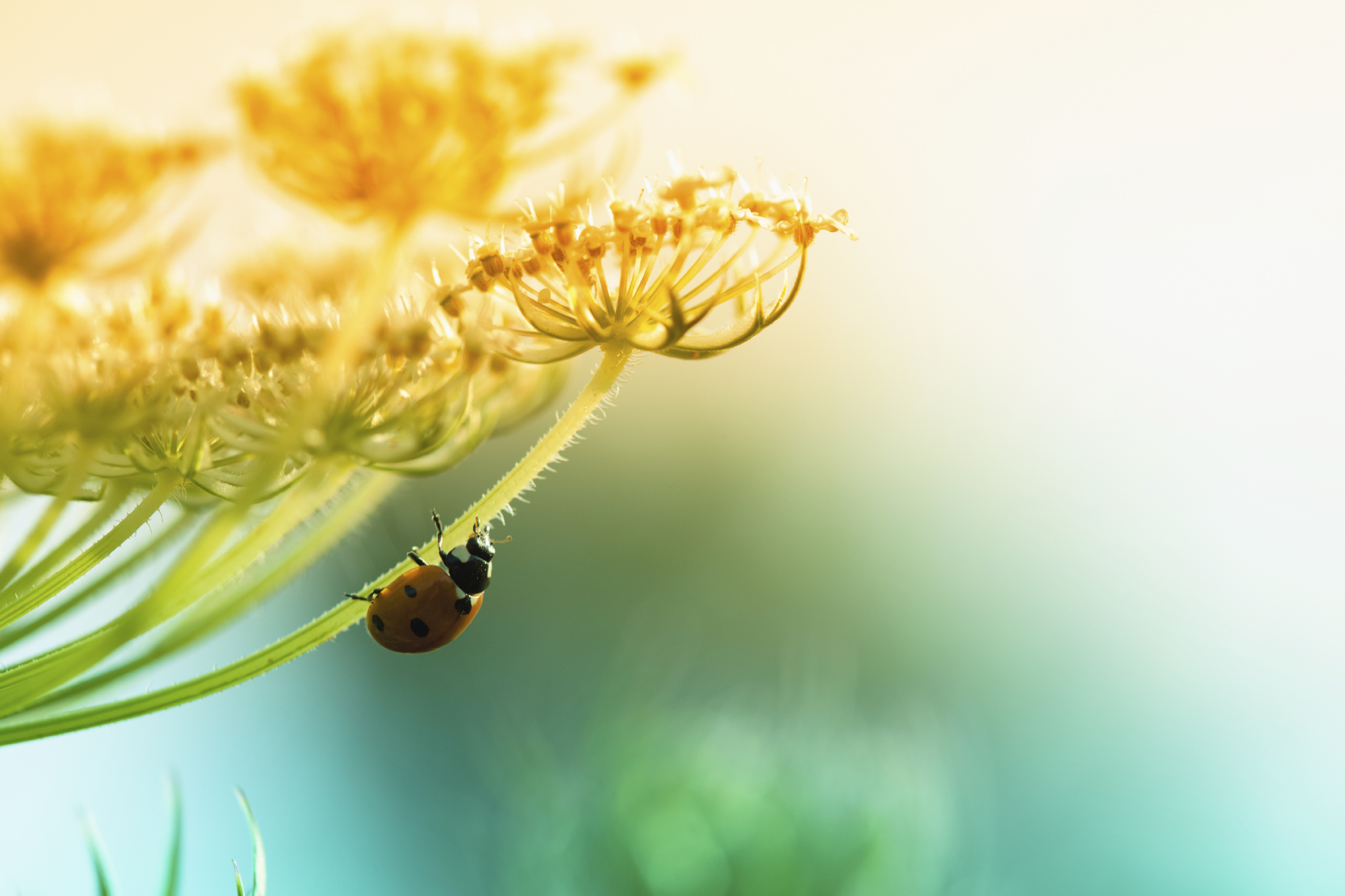 Environment
Environment Communities
Communities
Native plant is a term to describe plants that have developed and occur naturally in an area. Native plants provide ecosystem benefits of biodiversity, stormwater management, and carbon capture while reducing the need for pesticides and other interventions.
Native plant ordinances require developers to use a list of native plants for landscaping purposes in public and private development. Municipalities can also update weed and vegetation control ordinances to allow for indigenous plants like wildflowers and pollinating grasses, which may be taller than the traditional requirements for short-cut lawns
In addition, municipalities may designate ‘No-Mow Zones’ to maintain native grass landscapes in parks, alongside trails, or on undeveloped city-owned properties. These designated zones may also limit mowing on private property to propagate seed diversity and encourage small-scale, by-right agricultural development for homeowners. No-Mow Zones allow natural plants, and the fauna who depend on them, to flourish. They also reduce maintenance costs and increase resiliency through better stormwater runoff management and reduced need for fuel.
